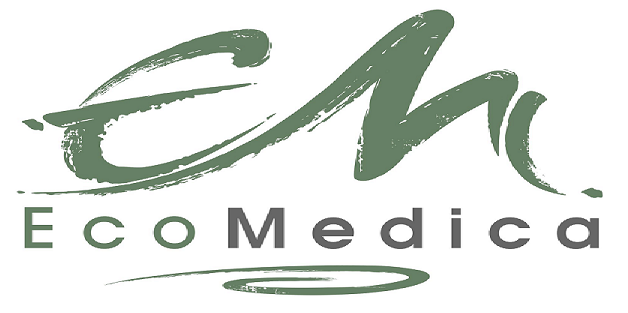Detoxification
Detoxification – A Necessary Component to Healing

Detoxification is a natural property of the human body and includes: urination, defecation, sweating and breathing. Food and liquids that we eat and drink respectively contain many components for which the body cannot use and are therefore eliminated as waste. This is a homeostatic component of our physiology that allows “balance” to be maintained in the body.
The liver, kidneys, colon and lungs are the organs responsible for carrying out detox activity in the body. However, the liver bears most of this burden in filtering blood. Nature has designed four elaborate detoxification pathways that include: sulfation, glucuronidation, acetylation and glycation. These pathways must operate with ease in order for the liver to filter contaminants in the blood such as spirochetal excrement, dead spirochetes, and known toxins such as Bb Tox 1, ammonia, and Quinolinic acid. If these toxins are not removed from the body, they accumulate causing widespread inflammation and tissue damage which augments illness and may contribute significantly to chronic infectious illness.
Dr. Richard Shoemaker in Potomac, Maryland identified several genetic markers that confer the ability to properly detoxify, and they are called HLAs (human leukocyte antigens). HLAs are cell surface antigens noted in 18% of the general human population. For the public at large, these antigens pose few problems. However, for people infected with tick-borne illness or those who have been exposed to molds, the presence of HLAs complicates the detoxification process considerably. Additionally, HLAs have also been linked to the development of autoimmune issues in patients with tick-borne disease.
The presence of heavy metals (i.e., mercury, lead, cadmium) in the body also contributes to difficulty with detoxification processes. Heavy metal exposure is widespread throughout our environment. These metals are stored in fat tissue and are utilized by tick-borne pathogens to support their “lattice” like biofilm structure. Heavy metal detoxification can be important to Lyme Disease patients and should be discussed with your physician.

Lastly, we live in a world where we simply cannot escape pesticides and carcinogenic chemicals. They are present in our food and water supply, and similar to heavy metals, they are stored in fat tissue. When undergoing a detox, these chemicals are released into the blood stream and require toxin binders such as apple pectin, silica salt, bentonite clay or charcoal to be ingested so that the toxins are NOT reabsorbed into the body. Lyme literate Doctors suspect that chemical exposure exacerbates the effects of Lyme Disease, and therefore a carefully implemented detox program is highly recommended during the healing process.
The following are suggestions to aid in the detoxification processes when undergoing treatment for Lyme Disease and co-infections.
- Drink plenty of filtered water throughout the day (8-10 16 ounce glasses/day)
- Consider using a far infrared sauna
- Consider a lymphatic massage
- Consider using hydrotherapy
- Consider colonics
- Consider doing coffee enemas 2-3 times per week (see recipe)
- Consider doing a baking soda and Epsom salt bath daily
- Consider juicing using organic vegetables and fruits at least once daily
- Consider using Glutathione (a universal antioxidant that can be administered transdermally or intravenously)
- Consider using Calcium Sodium EDTA (Detoxamin)
- Consider using DMSA, DMPS or Vitamin C IV
*All of these detoxification techniques should be done ONLY after discussion with your physician as some of these are very potent and can cause a significant Herxheimer reaction.
PLEASE CONSULT YOUR DOCTOR FIRST BEFORE INITIATING ANY DETOXIFICATION METHODS.
